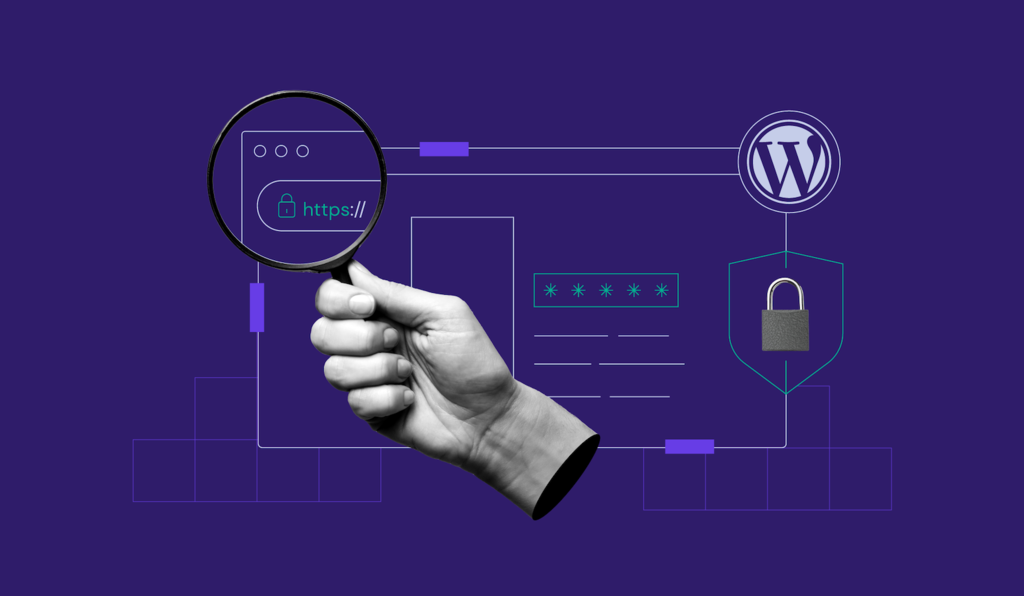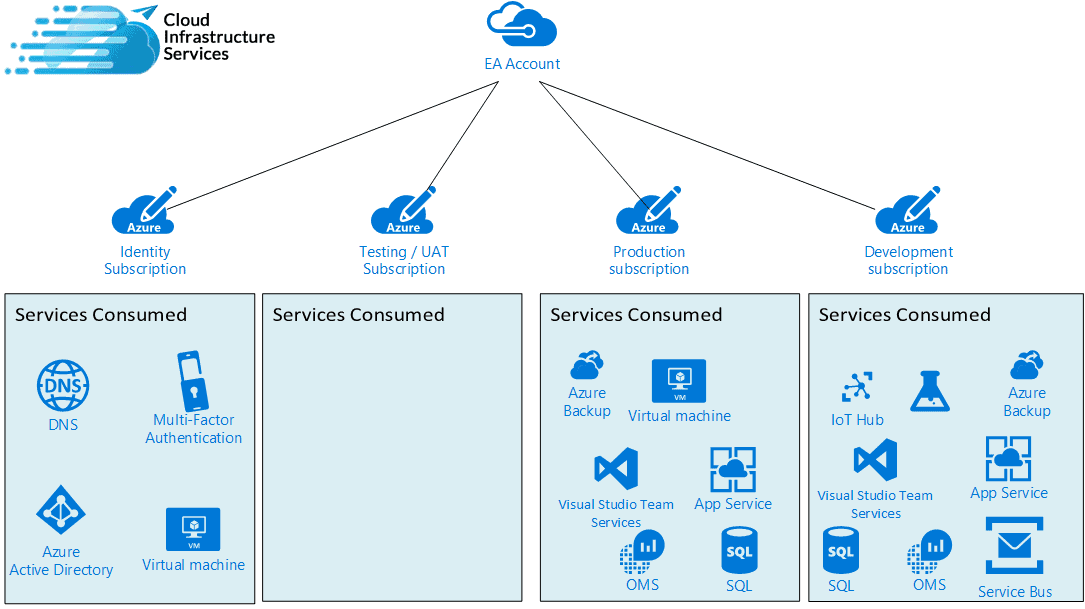
A computer server is a software or hardware device that stores, manages and serves data in a network. A physical server can be used or a virtual server in a cloud platform.
The server/client model is an architecture with two levels that divides computer into clients and servers. Clients send requests to servers which process and return a result. The client/server model is most commonly used for networked processing of information.
There are several types of servers available for businesses. These include web servers as well as file servers. Each type has its own specific use and requires different configurations in order to run efficiently.
Web servers are computer systems that deliver requested pages to various browsers. For communication with a browser they use a standard communications protocol called Hypertext Transfer Protocol.

Domain controllers (also known as DNS servers) store the tools used to manage users, devices, and permissions on a network. They also resolve names into IP addresses and convert network traffic into a format that is easier to understand by computer systems.
Domain controllers are often found in central offices or data centers, where they are managed and overseen by IT professionals. It also manages and maintains network security by preventing attacks from outside threats.
Servers are essential for businesses because they can store and process data. Servers allow businesses to efficiently run their networks and applications without having individual employees.
In addition, they allow IT professionals to patch and update software for all employees in a company instead of requiring each user to do it individually. This helps to protect against cyber-attacks and updates all computers with the latest software patches.
It is also important that a server collects all the information on employee computers so it can be monitored easily. IT professionals can monitor network traffic as well application performance and anti-virus software, allowing them to spot red flags in advance and prevent future problems.

They are specially designed computers that can perform a certain set of functions, such as hosting a website or providing network connectivity. They are designed to be fast and reliable for large numbers of users.
For example, a city might have one or more servers for running its computer network, providing email, and giving employees access to accounting and financial data. These servers are designed to work 24/7, and are not intended for personal use.
The main difference between desktop computers and servers is that the server is dedicated to running server applications. A computer based on X86/X64 is more likely to run at a high level of performance compared to desktop computers.
Servers tend to be large and can store and process massive amounts of information. They are also often expensive. Smaller servers are available to the average consumer.
FAQ
What is a "static website"?
A static website can be hosted anywhere including Amazon S3, Google Cloud Storage (Google Cloud Storage), Windows Azure Blob storage and Rackspace Cloud files. In addition, you can also deploy a static site to any platform that supports PHP, such as WordPress, Drupal, Joomla!, Magento, PrestaShop, and others.
Static web pages are generally easier to maintain since they don't constantly send requests back-and-forth between servers. They load quicker because they don't need to send requests back and forth between servers. For these reasons, static web pages are often better for smaller companies that don't have the time or resources to manage a website properly.
How to create a static website
To create your first static website, you'll need to choose between two options:
-
A Content Management System (also known as WordPress): WordPress): You can download this software and install it on your computer. It can be used to create a website.
-
Creating a Static HTML Website: In this case, you'll need to write your HTML/CSS code. If you are familiar with HTML, it's easy to do.
A professional may be able to help you create a large website.
Start by choosing option 2.
What is a responsive website design?
Responsive web design (RWD), is a way to create websites that display responsively on all devices, including smartphones, tablets, desktop computers, laptops and tablets. This allows users the ability to view a website simultaneously on different devices and still have access to other features like navigation menus, buttons, and so forth. RWD is intended to ensure that any user viewing a site views the exact version on their screen.
You would, for example, want to make sure that a customer can view your website even on a mobile device.
A responsive website will adapt its layout to suit the device it is being viewed on. A website that is viewed on your laptop will display the same way as a desktop website. It will be different if the page is viewed from your phone.
This allows you to create one website that works on all devices.
Statistics
- In fact, according to Color Matters, a signature color can boost brand recognition by 80%. There's a lot of psychology behind people's perception of color, so it's important to understand how it's used with your industry. (websitebuilderexpert.com)
- At this point, it's important to note that just because a web trend is current, it doesn't mean it's necessarily right for you.48% of people cite design as the most important factor of a website, (websitebuilderexpert.com)
- When choosing your website color scheme, a general rule is to limit yourself to three shades: one primary color (60% of the mix), one secondary color (30%), and one accent color (10%). (wix.com)
- Is your web design optimized for mobile? Over 50% of internet users browse websites using a mobile device. (wix.com)
- It's estimated that in 2022, over 2.14 billion people will purchase goods and services online. (wix.com)
External Links
How To
How can I get started as a UI designer?
There are two ways to become a UI designer:
-
You can also go to school and get a degree as UI Design.
-
You can become a freelancer.
To go to school, you will need to enroll in college or university for four years. This includes computer science, psychology, business, and art.
You can also enroll in classes at state universities or community colleges. Some schools offer no tuition, while some charge tuition.
After graduating, you'll need to find employment. If you decide to work for yourself, it is important that you build your client base. You should network with other professionals to let them know that you exist.
There are many opportunities to intern for companies that specialize on developing web applications. Many companies hire interns in order to gain valuable experience before they hire full-time employees.
A portfolio will help you get more work once you have established it. Your work samples, as well details of the projects, should all be part of your portfolio.
It's a smart idea for you to send your portfolio by email to potential employers.
Being a freelancer means you need to market yourself. You can also advertise your services via job boards like Guru, Indeed, Guru, Upwork, and Freelance.
Freelancers are often assigned by recruiters posting job openings online. These recruiters are looking for qualified candidates to fill certain positions in specific industries.
These recruiters provide candidates with a project description that details the position's requirements.
You are not required to sign long-term contracts as a freelancer. However, if you plan to move forward, it is best to negotiate an upfront payment.
Many designers prefer working directly for clients and not through agencies. While this may seem ideal, many people lack the necessary skills.
Agency workers typically have extensive knowledge of the industry they're working in. They also have access special training and resources that help them produce high-quality work.
These benefits are not the only ones. Agency workers typically receive a higher hourly wage.
You won't be able to get in touch with your employer directly if you work with an agency.
Being a successful UI designer requires you to be self-motivated, creative.
It is also important to have great verbal and written communication skills.
UI designers are responsible for designing websites by creating user interfaces (UI) and visual elements.
They also ensure that the site meets users' needs.
This involves understanding the information users need and how to make your site work.
UI designers use various tools to create wireframes. Wireframing helps them visualize the layout of a page before beginning their designs.
There are many wireframe templates available online. Anyone can create their own wireframes.
Some designers concentrate on UI design only, while others mix UI design with graphics design.
Graphic designers use software such as Photoshop to edit images.
They then use Adobe InDesign to lay out pages and layouts.
Photographers capture images using digital cameras or DSLRs.
They then upload the pictures to a photo editing program where they add text captions, filters, and other effects.
After the shoot, the photographer saves and archives the image in a format compatible with website.
It is important to take into consideration all aspects of the design process when building a website.
This includes research, planning, wireframing, prototyping, testing, coding, content creation, and publishing.
Research - It is crucial to conduct extensive research before beginning a new venture.
Planning - Once you've completed your research, you'll want to begin developing a plan.
Wireframing is a preliminary sketch for a web page, or application.
Prototyping - Prototypes help ensure that the final product matches the initial vision.
Testing - Multiple rounds of testing should be done on the prototype to make sure it works properly.
Coding - Coding refers to the process of writing computer code.
Content Creation – This covers everything from creating copy to managing social accounts.
Publishing involves uploading files to a server, and making sure the site is accessible.
You will be required to study about other projects in order to work as a freelance UX/UI design.
One example is that some companies only need wire frames, while others need complete prototypes.
Depending on which type of project you accept you might be asked to do specific tasks.
For example, if you're hired to create wireframes, you might be expected to create several wireframes over time.
If you're hired to create a complete prototype, you may be required to develop a fully functional version of the site.
It doesn't matter what kind of project it is, strong interpersonal skills are essential.
You need to build strong relationships with potential employers as freelancers are hired primarily through referrals.
You must also be able communicate clearly both verbally as well as in writing.
Portfolios are an essential part of any freelancer’s toolbox.
It showcases the quality of your work as well as your ability and willingness to provide high-quality results.
You can do it online with a professional portfolio.
Find websites similar in your niche to get started.
Search these websites to view the details of each site.
Once you've identified the best practices, it is time to start implementing them.
You can also include links to your portfolio in your resume.